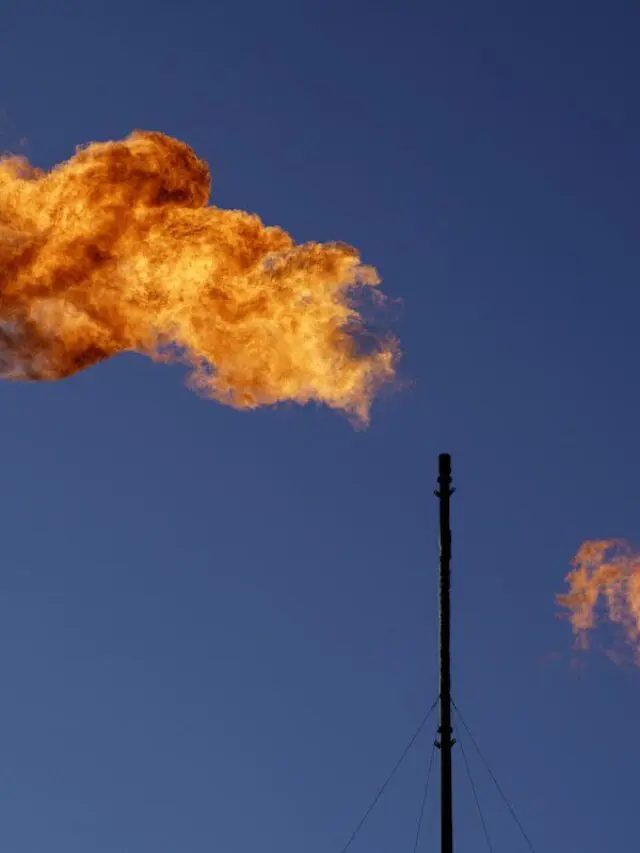The world’s biggest methane producers could be identified from space after a climate group created a satellite to detect and track greenhouse gas “super emitters”.
Non-profit organisation Carbon Mapper planned to launch the satellite, which is smaller than a bar fridge, on a SpaceX rocket in California early on Friday morning.
The satellite will be one of two tracking methane, which is the second most common greenhouse gas in the atmosphere and makes a significant contribution to global warming.
The launch will come one week after the federal government awarded $9 million to Australian research groups investigating ways to reduce methane emissions from livestock.
Carbon Mapper’s satellite, named Tanager-1, was designed to identify the largest sources of the greenhouse gas and quantify emissions.
The group, whose partners include the NASA Jet Propulsion Laboratory, Planet Labs and Arizona State University, will make the satellite data publicly available for policymakers and businesses.
It’s hoped the satellite will provide more specific data about methane sources across the world, Carbon Mapper chief executive Riley Duren said, after the group previously used aircraft to track production or methane leaks.
“The first satellite will allow Carbon Mapper to scale up global data on super-emitters across the fossil fuel, waste and agriculture sectors and unleash transformative visibility and action,” he said.
Tanager-1 will be the second satellite launched to track methane emissions worldwide, following the New Zealand and American launch of MethaneSAT in March 2024.
Researchers are expected to combine data from the two satellites to create a more accurate picture of methane emissions, which the International Energy Agency estimated was responsible for 30 per cent of the rise in global temperatures.
Global Methane Hub chief executive officer Marcelo Mena said making the data widely available could help more organisations to recognise and take action on the problem.
“The launch of (this) satellite is significant, not only in terms of the accuracy and breadth of the data it will provide, but also because of how Carbon Mapper plans to release the data and make it publicly available,” he said.
“Reducing methane emissions is the fastest way to drive down global temperatures, and collaboration and information-sharing are critical to methane-reduction efforts.”
Governments from 158 countries, including Australia, signed a Global Methane Pledge at COP26 to cut 30 per cent of 2020 methane levels by 2030.
Last week, the federal government awarded the final four grants in its Methane Emissions Reduction in Livestock program, investing $9 million in four projects across Queensland, NSW, Victoria, Western Australia and South Australia.
The projects will include the use of feed additives to reduce methane emissions from livestock, different methods of delivering the additive, and beef cattle trials.
Source: AAP








